The plaster sculpture, made in the nineteenth century, depicts the boxer Creugante da Durazzo, and is inspired by one of the famous sculptures that Antonio Canova made with this subject.
Depicted almost always in pairs with Damosseno of Syracuse, the two sculptures are known as "I Pugilatori". Creugante is depicted standing, with legs spread apart. He holds his right arm with his fist closed over his head, as if waiting for the opponent’s blow. With wrinkled face, it is made according to muscular tension of remarkable plastic suggestion, enclosing in the pose a decisive and energetic physical energy and an imposing typical of athletes.
At the Nemei games, the competitions that brought together every two years in the polis of Nemea athletes from all the cities of Greece, competed the two protagonists: Creugante da Durazzo and Damosseno di Siracusa. As there was no winner, it was decided that each of the two competitors left in the race could vibrate a single blow to the opponent and conclude the exhausting duel. Creugante threw a punch, while Damosseno, pretending to give the rival a blow on the head, beat him with cruel force on the side, causing him death. The judges punished the disloyal blow with exile, while the defeated was erected a statue in memory in the temple of Jupiter Lyceum in Arcadia.
Created by Antonio Canova between the late eighteenth and early nineteenth century, the Boxers belong to the phase of maximum expressive tension in the production of the artist, landed in new solutions of heroism and titanic celebration of strength. Avoiding any suspended fixity of action, typical of classical art, he tried to represent the instant act, synthesizing in an image a conceptual and gestural complexity. Creugante in fact manifests great nobility of mind and courage by presenting his whole body to the opponent with a proud and confident face. The figure of Damosseno, on the other hand, assumes attitudes of angry challenge and deception: the right arm is withdrawn and hidden, ready to vibrate the deadly blow. Conceived without commission, Creugante was purchased by Pope Pius VII in 1801 for the Vatican Museums. The statue of Damosseno, however, was commissioned by the papal government after the purchase of his companion, to be placed at his side in 1806.
Plaster casts of the Creugante were sent by the artist to the main academies of Europe so that the art connoisseurs could admire and study it. Several copies were made and some engravings began to circulate. The subject was therefore highly successful due to its expressive strength and meaning of loyalty and athletic correctness.
This sculpture, which is patinated through a monochrome painting, thanks to its important dimensions is of great impact and highly decorative. It can be placed in different environments, placed on a base or on a rise to give greater relief. Very beautiful in entrances or living rooms, it can also be designed for other environments, such as bedrooms, studios, bathrooms.
There are some scratches on the base and small fractures. The right arm needs repair.



























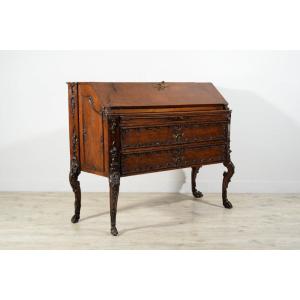







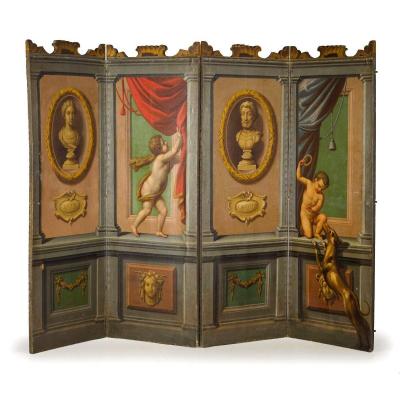

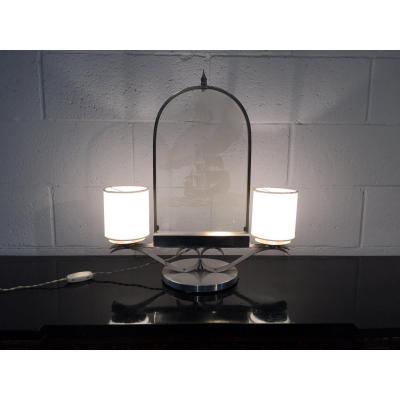




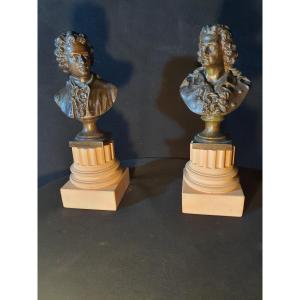
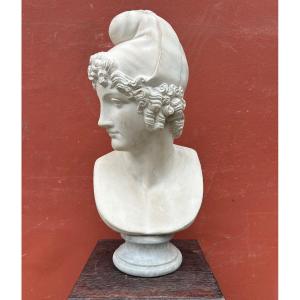
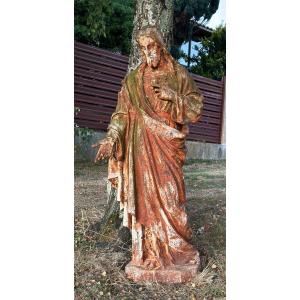

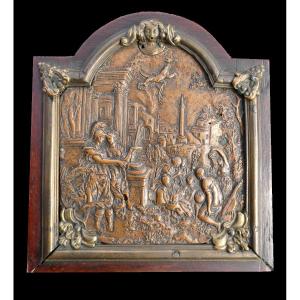



 Le Magazine de PROANTIC
Le Magazine de PROANTIC TRÉSORS Magazine
TRÉSORS Magazine Rivista Artiquariato
Rivista Artiquariato